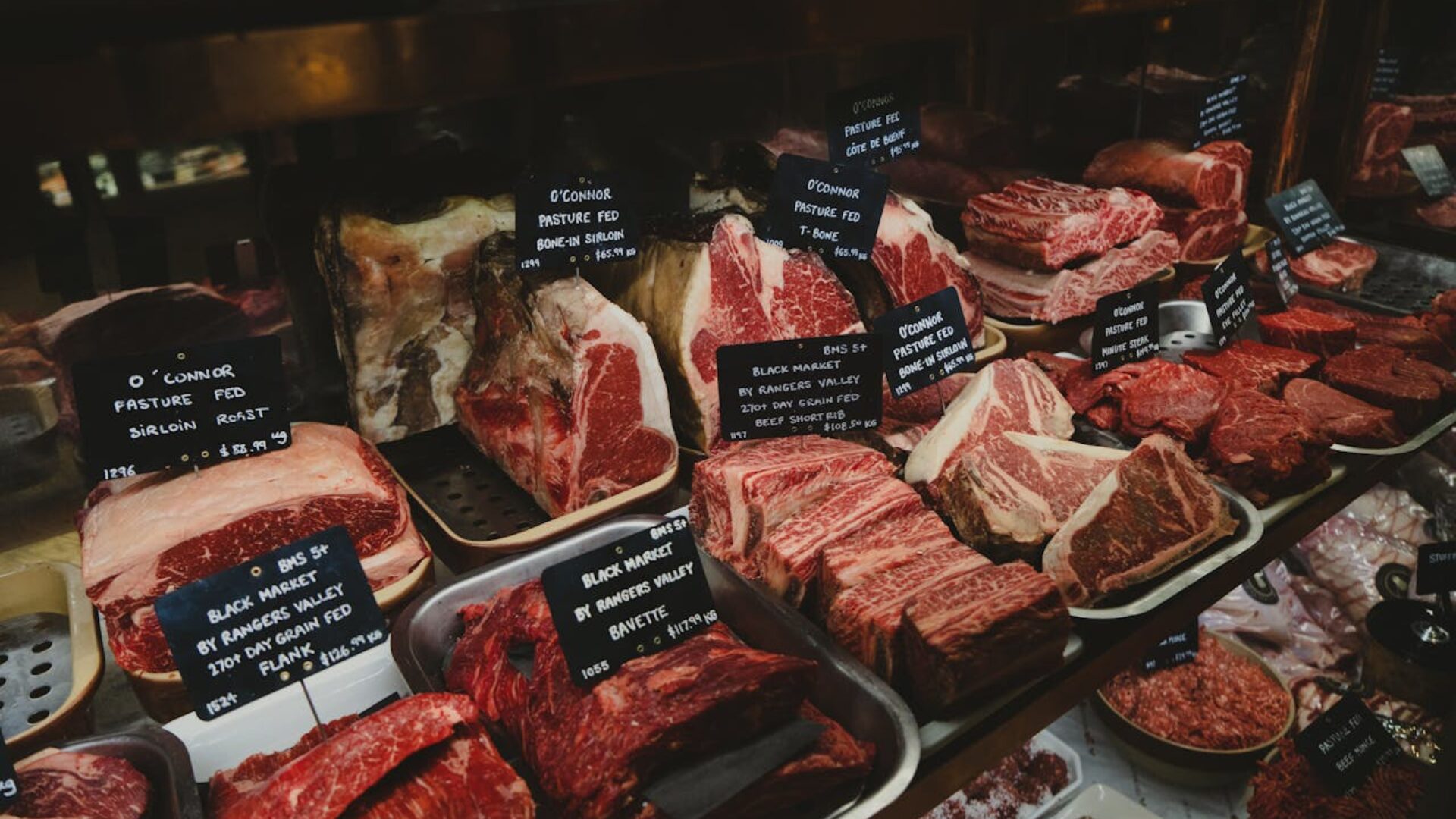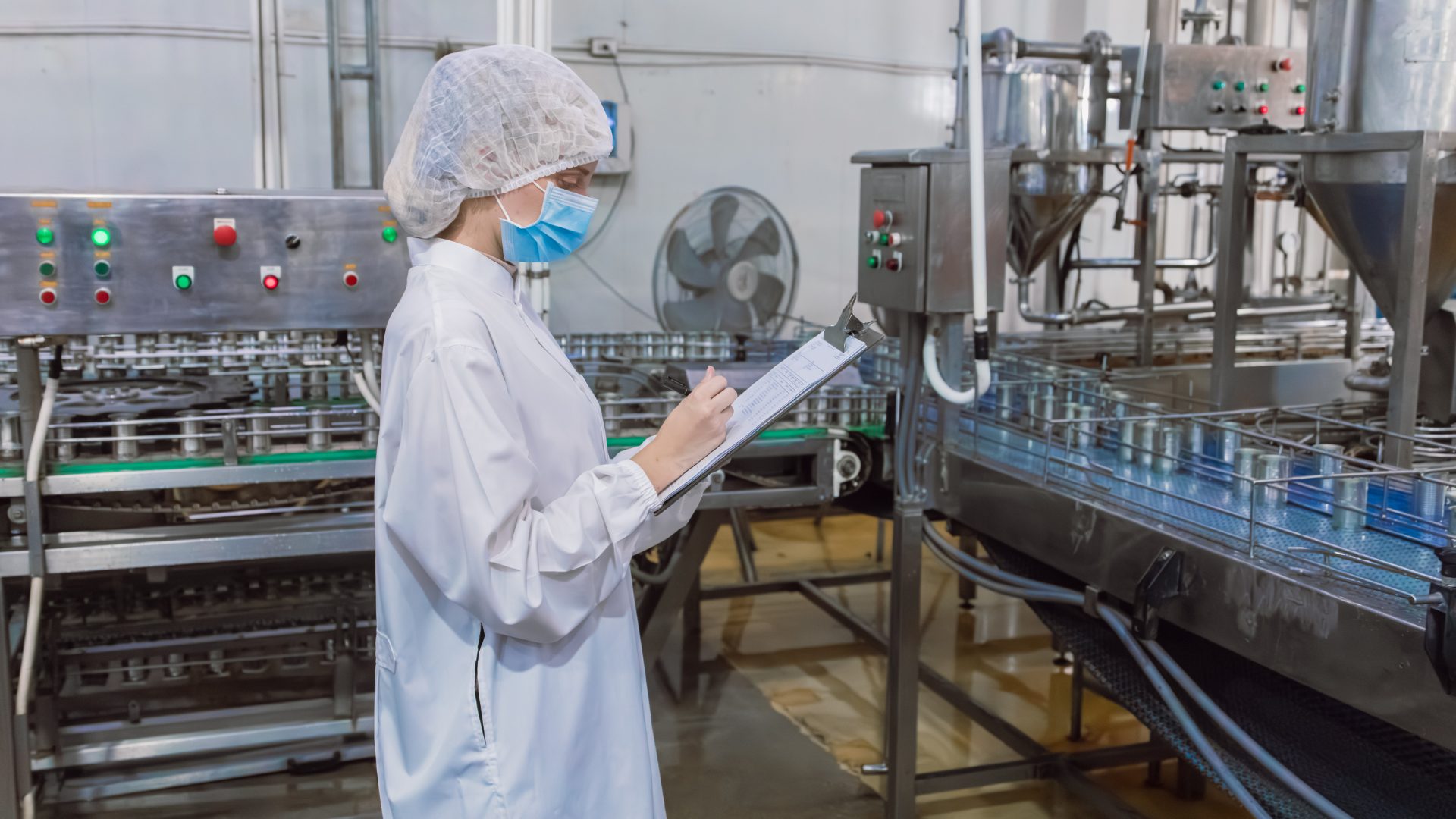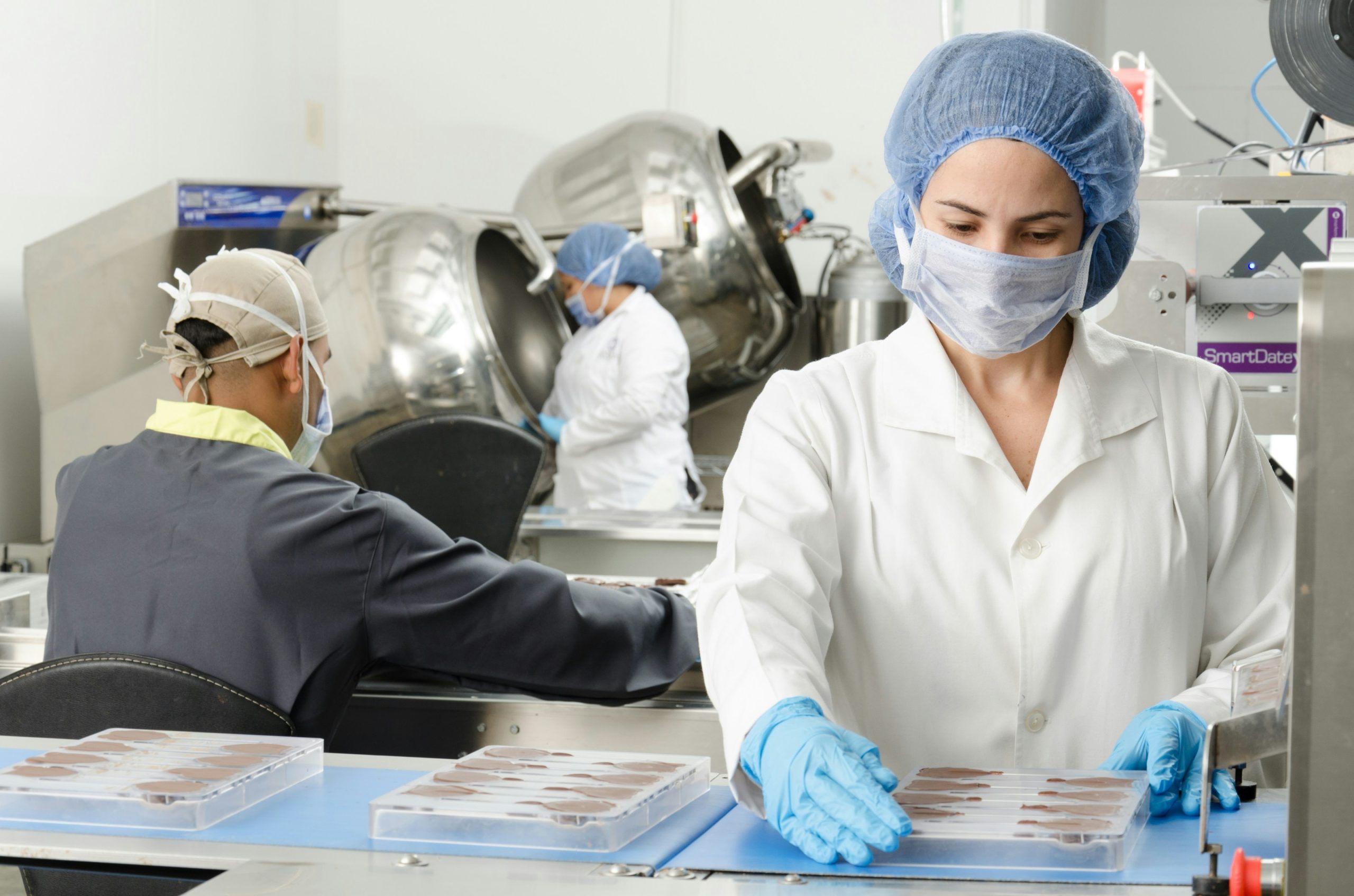Meat and poultry processing is a $280 billion industry in the U.S. – and it continues to grow. The supply chain, from the processor to the restaurant or the customer’s table, is a long journey, and the nature of meat processing demands that each stage of this journey be completed faultlessly.
As with all foods, price pressure and intense competition require that meat be processed and shipped along the supply chain as cost-effectively as possible. This requires a high degree of automation, as well as materials that are fit for purpose and are food-safe.
Packing and shipping meat also require specialized packing materials and dedicated supply chain elements.
Cutting-Edge Blade Technology
The volume, product quality requirements, and cost pressures have moved the meat industry toward industrial meat knives and machine knives. Better blade technology means more precise cutting, less waste, and improved safety.
Stainless steel 420 or 440 are mostly used for industrial meat knives because these are long-lasting and boast the ability to remain sharp for longer. To further enhance their performance and keep them sharp, advanced coatings are applied to these blades. Teflon, titanium nitride, and DLC (diamond-like carbon) are used to protect against wear and tear. They also improve the blades’ efficiency by providing consistent cut quality, reducing residue buildup on the blades, protecting against corrosion, and reducing friction to maintain operational speed and quality.
Such blades are custom-designed for specific automated tasks and are manufactured using CNC precision so each cut is made with minimal deviation, which helps maximize the texture and visual appeal of meat.
Food-Safe Production Lines
Automation in meat processing requires the same kind of power transmission parts as any other industrial process, but the parts that come into proximity with the meat or poultry must be FDA-approved and comply with USDA grades.
The pertinent parts here are used throughout the meat processing steps, including evisceration, chilling, slaughtering, cutting, skinning, and deboning. They’re also integral to conveyor systems and industrial packaging. These parts would include sprockets, gears, pulleys, rollers, and guides.
Besides their food-safe composition, these components must be water, salt, and chemical resistant. They’re usually made from food-grade nylon or ultra-high molecular weight polyethylene.
Parts that come into direct contact with food are often made from self-lubricating moly-nylon or oil-filled nylon, eliminating the need for external lubricants.
Plastics in Packaging
At various stages, meat products must be stored, moved, wrapped, and packaged. Most of these applications require some kind of specialized plastic. Everything from food and beverage packaging to cutting boards to wear strips on production lines uses various plastics.
Although the specific qualities of these plastics vary depending on use, they all need to meet certain requirements. To be used for any kind of meat, food packaging must be either FDA-, NSF-, or USDA-certified.
Such packaging, as well as any fittings, pipes, and parts used in meat processing, must be chemically resistant and will be rated according to specific standards. This resistance is measured in CIP (clean in place), COP (clean out of place), and SIP (sterilization in place). CIP and COP use chemicals, heat, and water to clean parts, with CIP entailing hard-to-reach parts like the inside of tubes, while COP are the parts and components that can be removed and cleaned separately. SIP is similar to CIP but uses steam to clean the parts.
CIP and SIP are both automated, resulting in consistent cleaning while eliminating chemical or heat hazards to workers.
Nanotechnology in Packaging
Though nanotechnology – as its name suggests – is quite small – 100 nanometers is 0.0000039 inches – it’s becoming hugely impactful in meat processing. Nanomaterials are classified as nanofibers, nanoparticles, and nanoplates.
Nanomaterials used in meat packaging include titanium nitride, silver, zinc oxide, clay, and titanium dioxide nanoparticles. Some nanomaterials inhibit the growth of microbes in meat during transit and storage, as well as after the wrapping has been removed.
Others provide humidity, temperature, and gas barriers to prevent deterioration. They accomplish this by slowing the path of water and oxygen at molecular levels. They can do this while staying within the additive limits allowed for food safety and recyclability. This significantly increases the packaged life of the meat while reducing the need for expensive materials such as PET/foil laminates now common in meat packaging.
Another development in nanotechnology is smart packaging. This is where the packaging can detect changes in the meat quality and change color to warn of the presence of pathogens. Nanotechnology fundamentally improves the way consumers perceive food by preserving the way it looks, smells, feels, and tastes.
Environmentally-Friendly Packaging
Meat is increasingly being targeted for its impact on the environment, from cows burping methane to the amount of land and water needed to grow a pound of beef. While these concerns are being addressed, the way meat is currently sold to the consumer has become another environmental focus, and meat packaging can be made more environmentally friendly.
Traditional clingfilm and plastic/styrofoam packaging can, for example, be replaced with less wasteful and more recyclable alternatives. It’s now possible to pack meat in biodegradable or even compostable materials. Nanotechnology is in line with this philosophy. Such packaging is called active because it absorbs moisture, oxygen, or ethylene, which slows spoilage. Not only will the consumer get a better product, but the amount of meat wasted will be reduced substantially.
Better Meat Processing Through Better Materials
The meat and poultry industry is a vital part of the U.S. economy. The meat processing industry alone provides over half a million jobs – which doesn’t even begin to account for the economy driven by agriculture, logistics, retail, and restaurants.
And, one way to ensure a healthy meat industry in America is through the cutting-edge materials that are increasingly available.
The Food Institute Podcast
How does a coffee brand pivot into honey? The answer might make more sense than you originally believed. Jessica Padula, Nespresso USA’s vice president of marketing and head of sustainability, returns to discuss the company’s sustainability efforts and how her dual roles in marketing and sustainability inform each other and improve the company.










